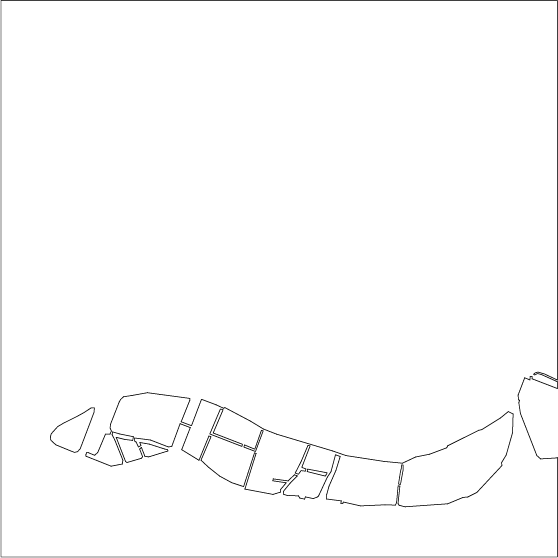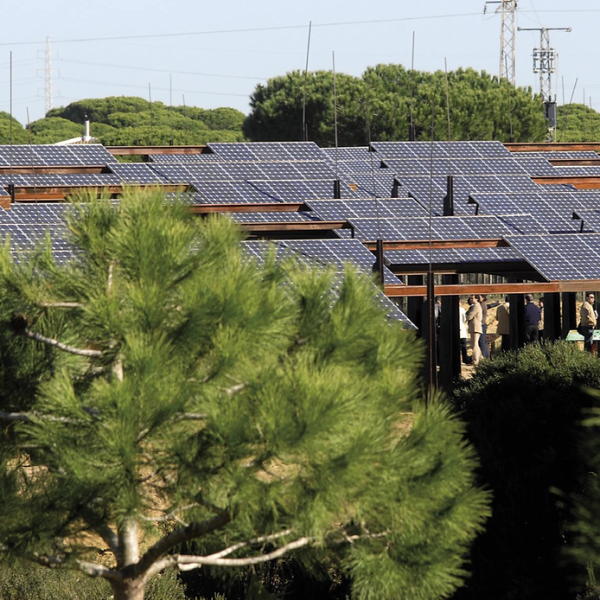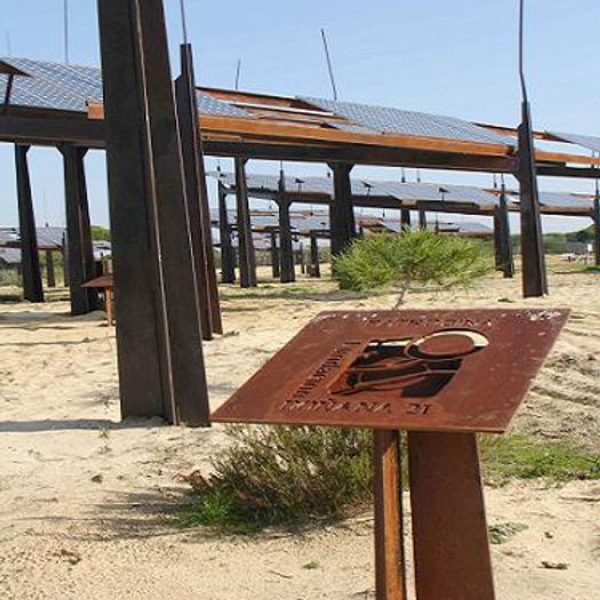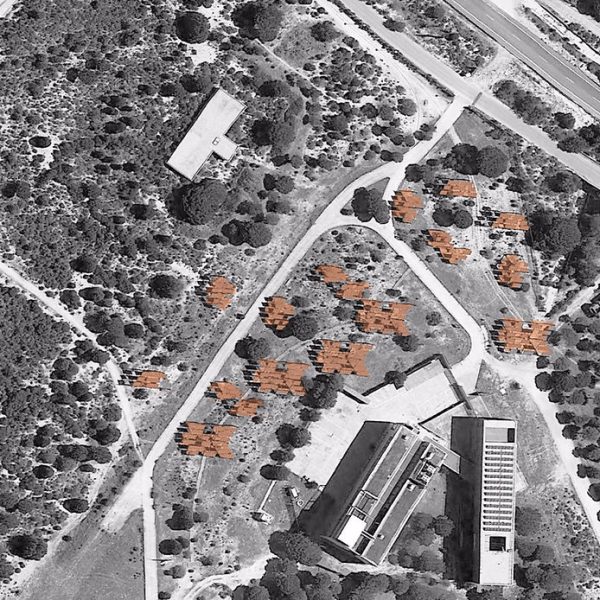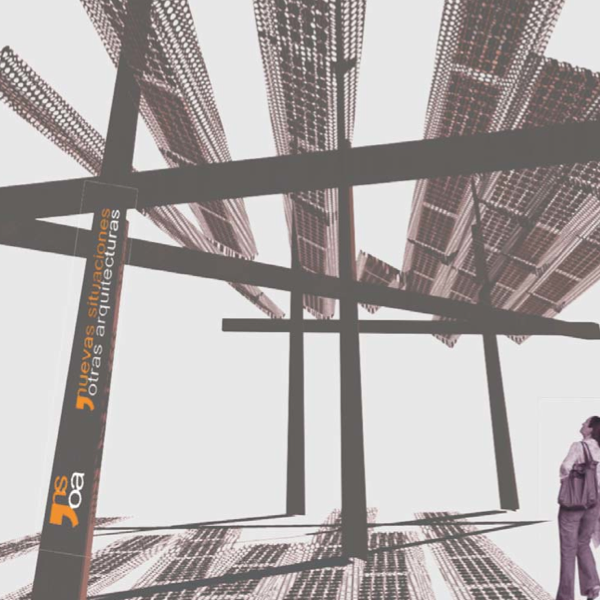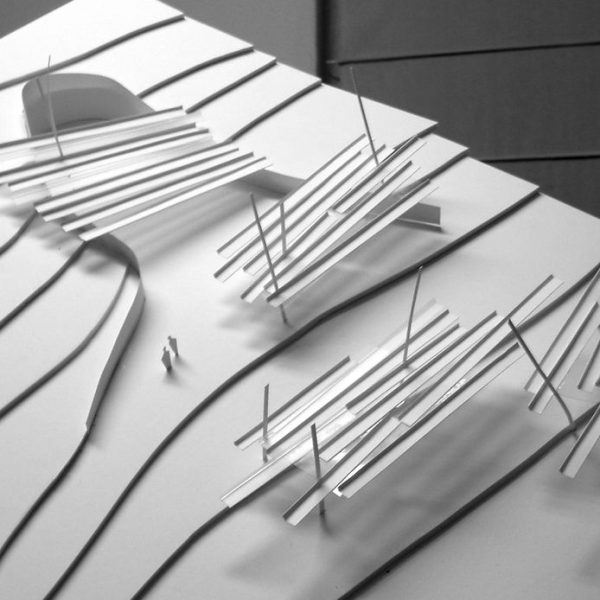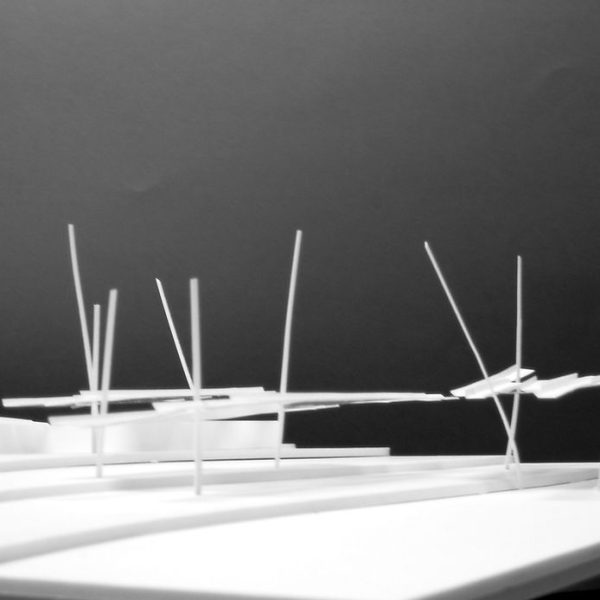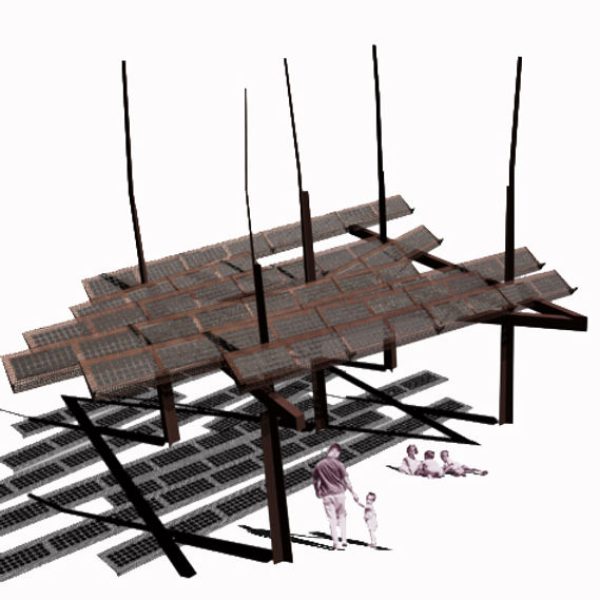Bosque Solar
Parque Dunar. Matalascañas. Huelva. 2008
Promoters: Doñana 21 Foundation
Builder: Fersumar.
Architects: Pablo Diañez Rubio + Giudecca Architects + Hum_789
The project aims to contribute to the understanding of the park's space, by means of a transversal itinerary to those existing in a north-south direction, which allows the recognition of the complete dune system. As well as making possible the relationship between the two scientific pieces, the CIECEM and the Marine World Museum, generating a space that serves and supports the programme of both buildings, and thus reinforcing the global reading of the territory. An interpretation of the environment is made that affects the variable, the precarious, in an intervention whose presence is traced by the user in his movement through the park and that in no case tries to urbanize it. It is simply a matter of constructing an itinerary that reinforces what potentially already exists. Inserting several events halfway between sculpture and architecture, in a route that borders the limit of the fossil dune until it is conquered. We generated three pieces that are visually related to each other. The first one configures the entrance to the enclosure, replacing the current service entrance, with a main one that transforms the secondary routes of the park into primary ones, a second space called "Didactic room", in which to place part of the programmatic content supporting the knowledge of the functioning of renewable energy. A third space in the upper part of the fossil dune from which to observe and control the entire territory. It is precisely the recognition of this area that is one of the challenges of the proposed route, since at present the relationship with the sea is barely recognisable from inside the park. The size of the project, with a surface area of panels equivalent to twenty solar trees, the importance of the environment, and the research carried out by the HUM 789 research group, have led us to reconsider the following question: is a solar forest the sum of solar trees, and what is a forest in the context of the Doñana park? It seemed interesting to us to go deeper into both ideas and to think that a pine forest is nothing more than a spongy filter hanging at a certain height, which allows the filtered light, the wind, to pass through and is supported by a series of straight directional elements placed randomly. The other line of research developed works on the flexibility in the arrangement of the collection support. In this sense, we thought it would be interesting to propose an alternative to the rigidity of placing the plates on a single collection plane. The solar forest is constituted with a roof of linear elements that produce the projection of shadows on the floor. We are no longer before the punctual fact of the tree, but before a spatial phenomenon that is sustained on punctual or linear supports depending on the location in the park.
